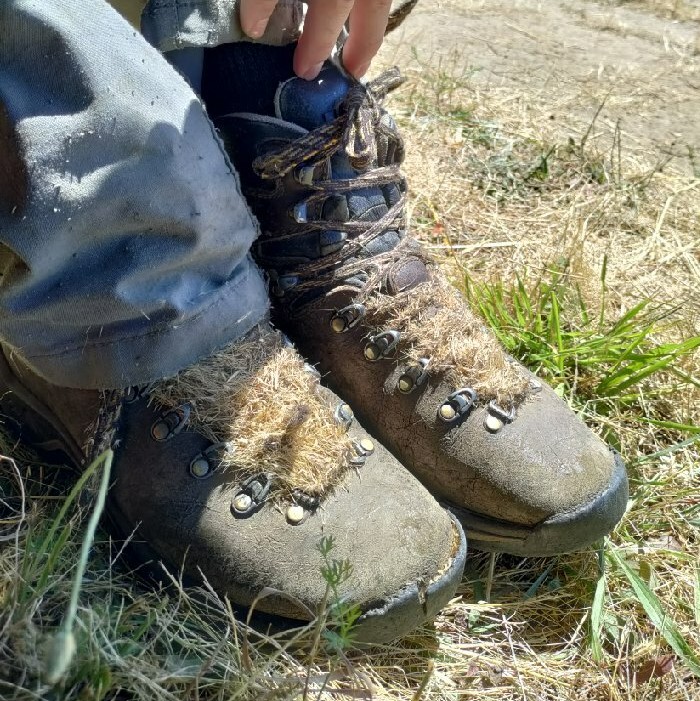October 2022
It’s 2020 and you’ve just found out that there is a pandemic sweeping across the world. Everyone has been advised to stay six feet apart and avoid gathering. If you are anything like me, you probably chose to hunker down and not leave your house. But after a few months of perfecting my baking skills and pacing back and forth around my house, I needed a change of scenery to keep my sanity. The great outdoors became a refugia and I left my house to bike, run, hike, camp and more.
I looked for public lands wherever I could find them. Fortunately, these spaces were open and had trails and ecosystems bustling with energy. I ventured out further than normal, looking for more space and new paths to tread. As the pandemic moved along from wave to wave these lands remained available. They were an escape and a comfort even when everything else surrounding me seemed uncertain. I reconnected with the natural world and realized how important it is to my health and wellbeing.
However, I was not alone. A plethora of people were also enjoying the bounty that Oregon had to offer.
Unfortunately, the increase in recreation and outdoor activity has been a heavy burden for these ecosystems to bear. Heavy foot traffic degraded paths and unregulated “social trails” began to pop up in new places. Parking lots and public latrines became dumping grounds as park staff became overwhelmed with maintenance and upkeep needs. Perhaps the worst impact of all was the increased dispersal of invasive plants. Invasive plants are often tenacious species with aggressive dispersal methods and growth strategies that capitalize on human activity. They cling to our clothes, or hide out in the logs we lug around for firewood, or hold fast to the bottom of our boats. We unknowingly spread them from place to place where they establish and begin the process anew.

What can we do to protect the places we love? Here are a few simple things we can all do that will have a profound impact on protecting the world around us.
1. BRUSH OFF YOUR BOOTS: a quick brush or rinse is often enough to dislodge the bulk of the seeds sticking to you. As the rainy days increase in the Pacific Northwest, keep in mind that soil and mud also carry seed, so try your best to clear it off. This is a great activity to do in the parking lot after your hike. It keeps the seed at its source and keeps your car cleaner too!

2. CARRY OUT TRASH. Anything you take in you should take out, including your furry friend’s excrement. I hike with three large dogs myself, so if I can do it, you can too! Whenever possible pick up a little extra along the way. Pro tip: doggie poop bags make excellent impromptu garbage bags for extra trash you find and keep your hands clean too.

3. STAY ON TRAIL: Walking along the edge of the path will quickly widen it. Wider paths decrease area for native vegetation. Taking short cuts and “bushwhacking” off-trail actively destroys habitat while creating more space for weedy species. In this case, DO NOT “take the road less traveled” because the impacts will not be easily undone.
If each of us puts in a little effort to make these small actions become habit, then we can give something back to the wonderful world that has always been there for us.
“For most of history, man has had to fight nature to survive; in this century he is beginning to realize that, in order to survive, he must protect it.”
― Jacques-Yves Cousteau
